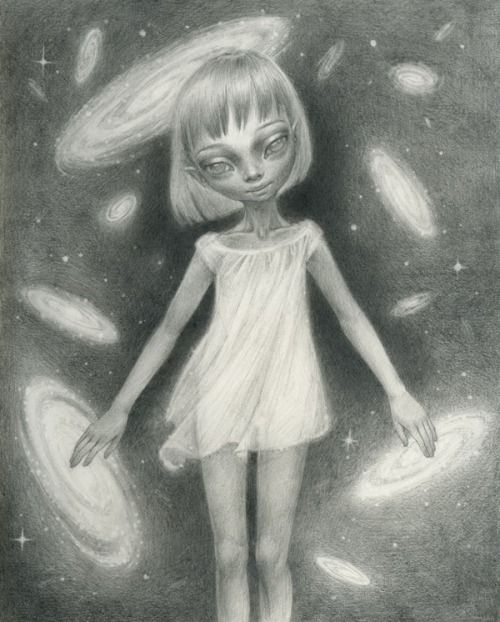
Black & White
-
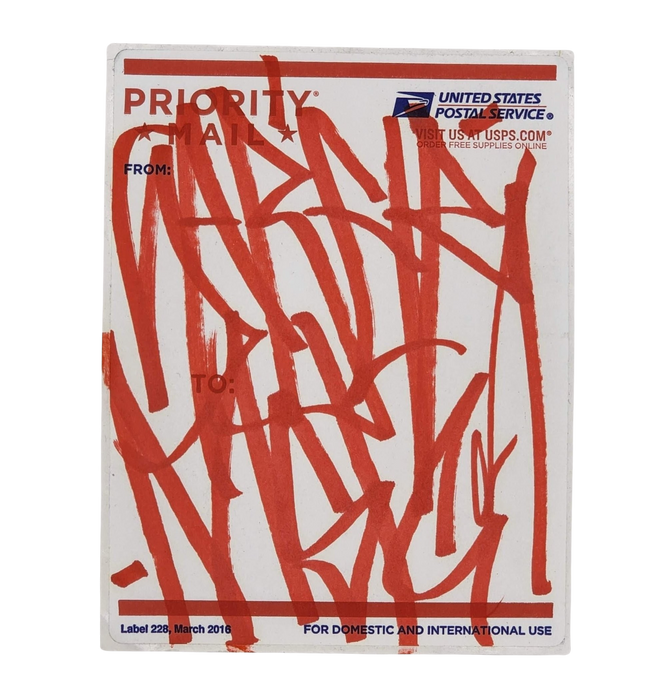
Saber Priority Mail 228-2016 Slap-Up Label Sticker Original Tag Art by Saber
Priority Mail 228-2016 Slap-Up Label Sticker Original Tag Art by Saber Original Permanent Drawing Art on USPS Mailing Label by Graffiti Artist Modern Street Artwork. 2020 Signed by Tag Original Slap Up Graffiti Art Tag 4.25x5.5 Color Marker on USPS United States Postal Service Priority Mail Label 228-2016. Priority Mail 228 Labels: Slap-Up Canvas for the Streets Street Pop Art and Graffiti Artwork have become synonymous with urban landscapes' raw, vibrant, and often controversial energy. Amongst the most captivating forms of this art is the slap-up label sticker, a brief piece that combines the guerrilla tactics of street art with the aesthetic approach of pop art. These stickers, often found adorning city walls, lampposts, and mailboxes, carry the pulse of the streets and the artist's signature. The United States Postal Service's Priority Mail 228 label is a particularly iconic medium within this genre. Initially intended for postal use, artists have repurposed these labels as canvases for their work. With its distinctive red, white, and blue design, the label offers an instantly recognizable backdrop deeply rooted in American iconography. This juxtaposition of official symbolism with the rebellious nature of graffiti creates a powerful, provocative, and patriotic visual statement. Graffiti artists like Saber have transformed these labels into vehicles of personal expression and social commentary. Saber, an American artist named Ryan Weston Shook, is known for his work within the graffiti community and beyond. His involvement with the art form dates back to the 1990s, and he has since become a notable figure in the street art world. Tag Art: Marking Presence and Identity Tagging, which involves writing one's alias or signature in a stylized form, is central to graffiti culture. It's a means of claiming territory, asserting identity, and engaging with the public in a dialogue often unmediated by gallery spaces' conventions. The Saber piece utilizes a blue permanent marker to create a tangle of lines and shapes that coalesce into his distinctive tag. Measuring 4.25x5.5 inches, this slap-up label sticker is a quintessential example of tag art, embodying the spontaneity and personal touch that are hallmarks of the genre. Created in 2020 and signed by the artist, this piece carries the weight of authenticity and the immediacy of street art. Despite its small scale, the tag commands attention, with the intensity of the blue marker standing bold against the label's pre-printed elements. The label's date, March 2016, provides a temporal context, anchoring the artwork in a specific moment of Saber's artistic journey. The cultural significance of slap-up label art lies in its accessibility and transience. These stickers can be produced en masse and placed in various locations, allowing for a wide distribution of the artist's work. However, their lifespan is unpredictable, as they can easily be removed or destroyed, mirroring the fleeting nature of fame and public attention in the digital age. Saber's use of the Priority Mail 228 label is a nod to a tradition in street art that values the repurposing of everyday items into something extraordinary. The label's transformation from a mundane postal accessory into a piece of art disrupts the ordinary and challenges the viewer to see the extraordinary in the everyday. This quality places slap-up label art firmly within the canon of Street Pop Art and Graffiti Artwork, genres that continually redefine themselves through unconventional materials and methods. The Priority Mail 228 Slap-Up Label Sticker by Saber is more than just a piece of art; it is a statement, a piece of cultural fabric, and a reflection of the artist's presence in the urban landscape. As with much of Street Pop Art and Graffiti Artwork, it encapsulates a moment in time, a burst of creative energy, and a dialogue with the public that is as vibrant and dynamic as the streets from which it was born.
$27.00
-
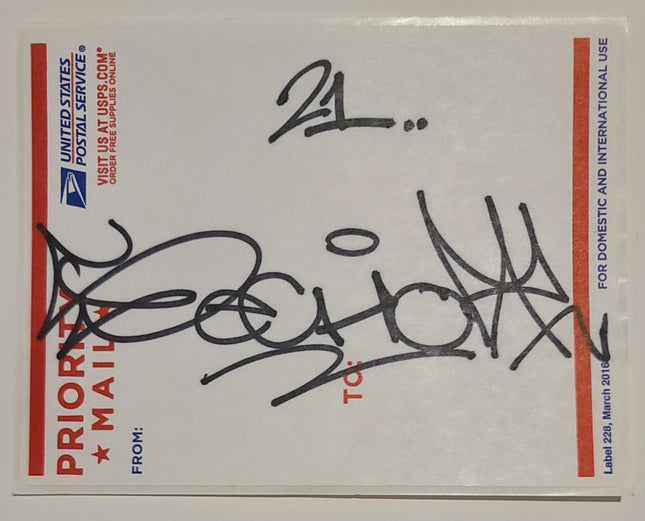
Sechor Priority Mail Double White 2021 Slap-Up by Sechor
Priority Mail Double White 2021 Original Marker Slap-Up Label Painting/Drawing Art on USPS Label by Tru Graffiti Legend Sechor Modern Street Artist. 2021 Original Slap Up Graffiti Art Tag Sticker, Signed 4.25x5.5 Marker on USPS Priority Mail Label.
$24.00
-
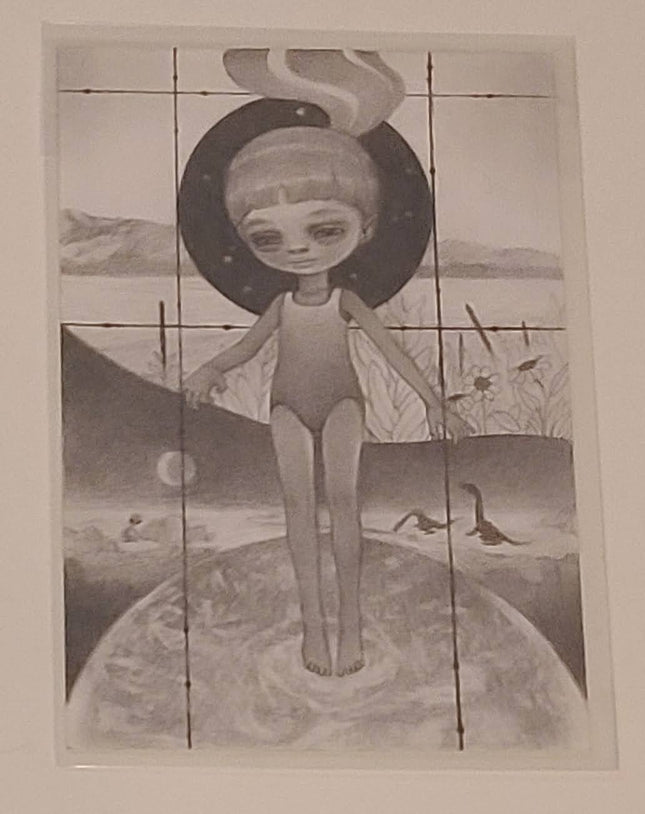
Ana Bagayan Teleport To Mars Original Graphite Pencil Drawing by Ana Bagayan
Teleport To Mars Original Graphite Pencil Drawing Art on Fine Art Paper by graffiti street artist modern pop art Ana Bagayan. 2014 Original Drawing Signed on Verso 4.25x6.5
$470.00
-
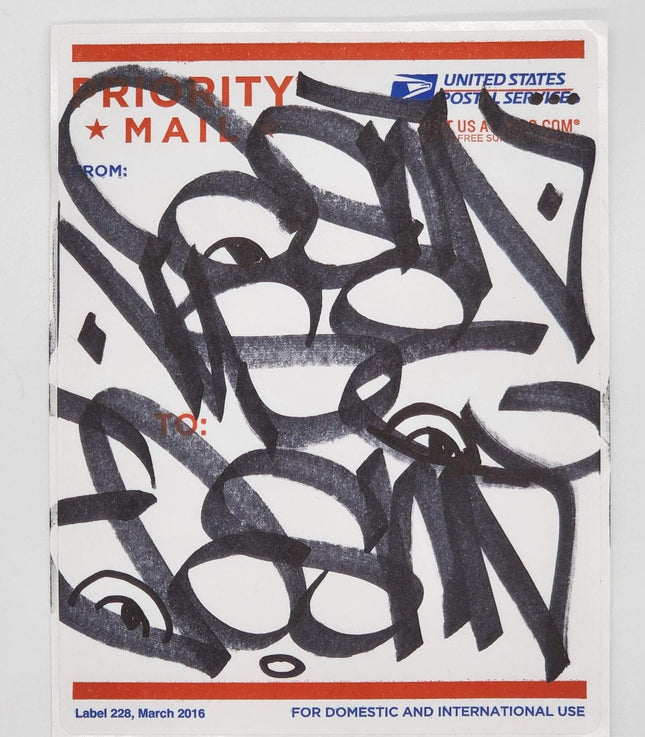
DrNuse89 Eye Text Tag Slap-Up by DrNuse89
Eye Text Tag Original Permanent Marker Slap-Up Label Drawing Art on Mailing Label by Graffiti Artist DrNuse69 Modern Street Artwork. 2022 Signed Original Slap Up Graffiti Art Tag 4.25x5.5 Marker Tagged on USPS Priority Mailing Label.
$16.00





